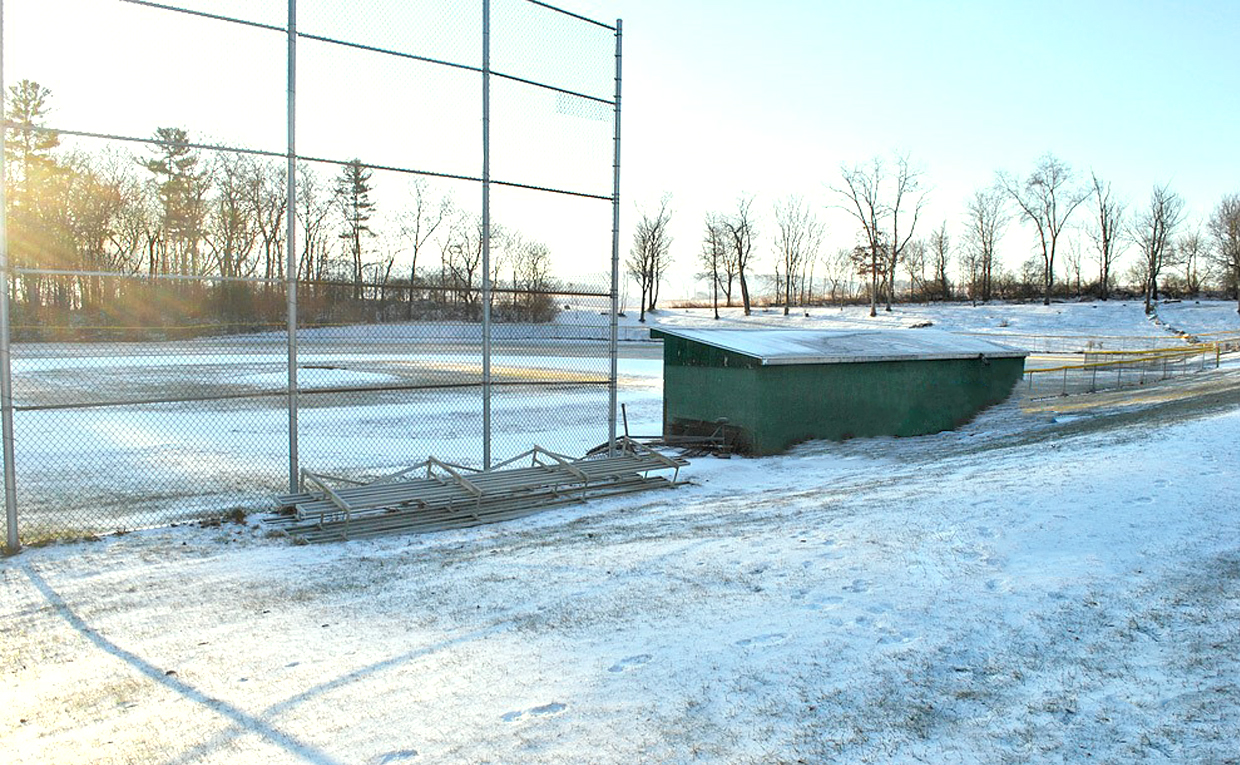Winter can be rough on sports fields, no matter where you live and work in the U.S. The type of maintenance you conduct from December through February will depend on the type of turfgrass used on your fields, as well as the weather.
Wherever your field of dreams, Ewing has the products and expertise to help you keep your fields in top shape.
Universal Sports Field Maintenance Recommendations
Regardless of the type of turfgrass used, there are universal maintenance practices every field manager should follow:
- Mow using the one-third rule to not remove more than a third of the total leaf surface at one time
- Change direction each time you mow to promote upright growth and reduce wear; mowing in the same direction every time can create wavelike ridges that affect the speed and direction of ball roll
- Do not mow if your area has experienced excessive rain or if there is frost on your turf
- Collect clippings only if they are so long and excessive that they negatively impact playability and/or turf health
- Maintain sharp blades on all equipment used to cut your turfgrass
- Water at the first sign of wilt and restrict traffic on wilted or recently recovered areas
- Utilize deep, infrequent watering that wets the field’s entire rootzone. Successful irrigation programs are created based on rootzone depth and the soil’s physical properties (water infiltration rate, compaction, soil texture, soil structure, infiltration, water holding capacity and soil drainage)
- Test the soil if needed; sand-based fields should be tested yearly and native soil fields every three years
- Apply lime in accordance with soil test recommendations. If the recommended amount exceeds 50 pounds per 1,000 square feet, split the applications. Do not apply to frozen soil and/or turf
Warm-season Turfgrass Maintenance Recommendations

Bermudagrass fields overseeded with ryegrass typically require maintenance during all three winter months. Non-overseeded fields typically do not require maintenance beyond weed control because the bermudagrass goes dormant during the cooler months.
If your fields are overseeded with ryegrass, the Sports Turf Managers Association (STMA) recommends that you:
- Mow regularly to a height of 1 to 1.5 inches, following the one-third rule
- Irrigate as needed for a maximum of 1 inch per week, minus any rainfall; one to two irrigations are usually sufficient. The best time to water is between 4 and 9 a.m.
- Fertilize every four weeks if plant response is possible, applying 1/2 to 1 pound of fertilizer per 1,000 square feet. Growth potential is low when air temperatures are consistently below 50 degrees Fahrenheit, and fertilizer should never be applied to frozen soils
- Perform weed control and disease monitoring every month
Cool-season Turfgrass Maintenance Recommendations
Fields with cool-season turfgrasses—Kentucky bluegrass, perennial and annual ryegrass, and tall fescue—have different maintenance requirements than warm-season grasses. If your field features any of the four, STMA recommends that you:
- Mow as needed in December, following the one-third rule. Kentucky bluegrass height should range from 1.5 to 3 inches and not exceed 3.5 inches; perennial ryegrass height should range from 1.5 to 3 inches; annual ryegrass should range from 1 to 1.5 inches and not exceed 2.5 inches; and tall fescue height should range from 2 to 3.5 inches and not exceed 5 inches
- Keep mowing heights under 1 inch if you use growth blankets on your turf; warm winter temperatures and wet conditions can lead to disease on turf that is taller than 1 inch
- Avoid mowing at midday if temperatures exceed 90 degrees Fahrenheit
- Monitor fields to determine if irrigation is needed; winter is not typically an active growth period for cool-season turfgrasses because of cold temperatures and snow cover
- Winterize your irrigation system before or during December to prevent freeze damage. A previous blog article, Here’s What Can Happen if You Don’t Winterize Your Sprinkler System, is a great reminder on winterizing and offers four easy steps to getting the job done
- Fertilize according to soil test recommendations and weather conditions; you only need to fertilize in December if shoot growth has stopped, the grass is still green and the soil isn’t frozen
- Cultivate the soil in December immediately following your last game if your fall sports schedule prevented cultivation in the preferred months of October and November
- Conduct dormant seeding following late-season cultivation. This practice creates crevices that are ideal for germination as the weather warms, but the seed can be subject to rot, desiccation and runoff due to water. STMA advises monitoring for growth and pest problems when using growth covers
- Continue disease monitoring as needed, depending on weather. Look for both gray and pink snow mold on all four turfgrass types from December through February
Ewing is here to help; you can Lean on Us
If you have a question on winter sports field maintenance or the best products for your fields, let me know in the comments below, or contact the professionals at your local Ewing branch today. If you’re on Twitter, reach out at Ewing Sports Fields.




